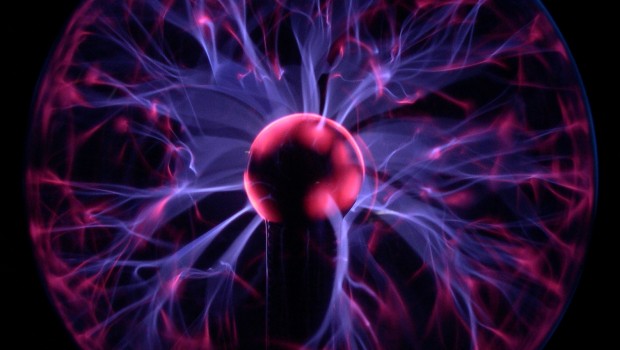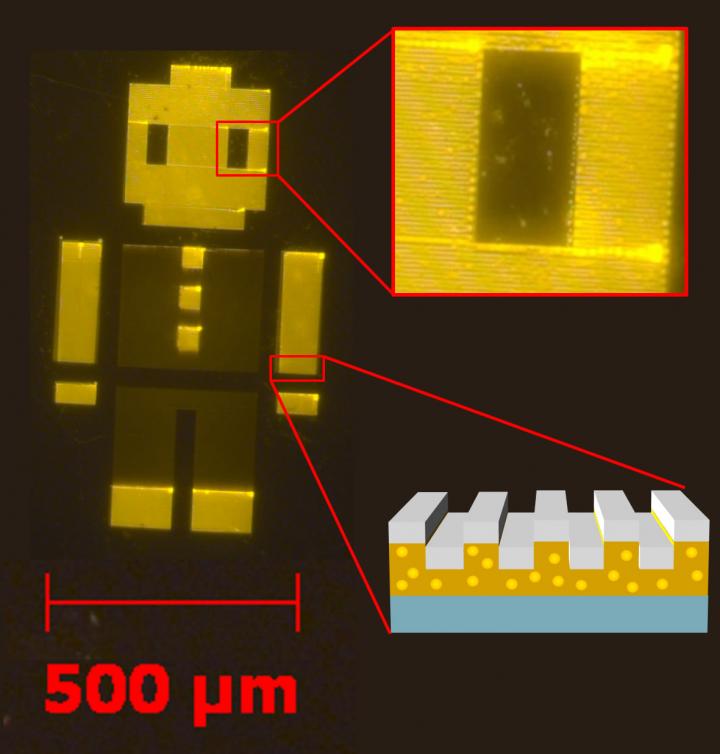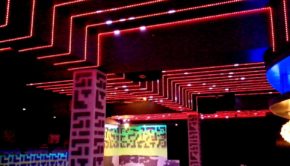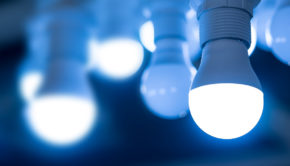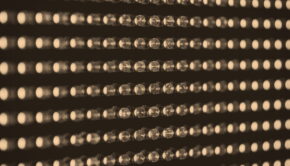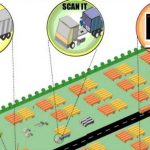Dots And Crystals Help Batteries
Researchers at the University of Illinois have found a more efficient way to produce polarized lighting using quantum dots and photonic crystals, which when implemented into screening technology can greatly reduce device energy consumption.
With smart devices increasing at high rates and people wanting continuous connectivity, battery life becomes increasingly critical as the ultimate deciding factor that keeps devices running. Screens consume large amounts of energy in devices like laptops, phones, and tablets, says lead author Gloria See of the group’s recent publication in Applied Physics Letters. An advancement in efficient screen technology is thus key to increasing run-time.
Driven by vision, the Illinois team is currently combining quantum dots with photonic crystals to produce polarized light, meeting efficiency needs at multiple levels.
When quantum dots and photonic crystals say “I do”
Who knew dots and crystals make such great couples? The research group explains that photonic crystals are responsible in producing polarized light, enforcing intense, one-directional lighting, while quantum dots (QD) produce quality lighting that is brighter and sharper with more depth. As it turns out, color purity and intensity make for happy consumers, especially when screens are going watch-small. Quality and low-power lighting will undoubtedly attract more device manufacturers as well, assuming fabrication costs are low.
As it stands, however, quantum dots are pretty expensive to produce and buy. To lower the cost hurdle, the team has developed an effective replication method through the use of electrohydrodynamic jet printing, or e-jet printing. We can use [a] template to produce thousands of replicas very quickly and cheaply, explains Gloria. This high volume manufacturing method is practical and low-cost for large-scale commercialization.
Shiny Robot, E-Jet Printed
E-jet printing has been used for delicate devices at micro and nanoscales, creating incredibly precise patterns. The researchers demonstrated that the voltage-controlled printing technology can be used to create dot-crystal lighting — their first design: a pixelated robot.
Image credit: Gloria See, University of Illinois College of Engineering
In short, the fabrication process goes like this:
- An uncured polymer mixture is created via doped quantum dots
- The polymer is then E-jet printed over a silicon master template; in this case, a robot
- A plastic substrate is applied to the polymer and then peeled off to cure it
- A high-refractive index layer of titanium dioxide is deposited on top to allow for refractive variation
The result: a tiny illuminating robot made up of thousands of photonic-crystal-enhanced quantum dots, each measuring 6 nanometers. When the group analyzed the design, they found enhanced sharpness at the edges due to precise printer-to-template alignment. This makes e-jet printing a viable low-cost solution for manufacturing novel quantum lighting. They’ve also noted that since the crystals give way for polarized backlighting, conventional polarizers and filters can now be eliminated to double and triple energy efficiency. The battery will last much longer because the display would only draw half as much power, says Gloria.
In short, IU researchers have essentially decreased cost for consumers by eliminating redundant device material and increased productivity for manufacturers by making enhanced quantum dot-enabled lighting production easier and scalable. “We made a tiny device,” Gloria See states, “but the process can easily be scaled up to large flexible plastic sheets.”
The paper also notes thin film transistors for switching can be coupled to E-jet printers to provide pixelated control of color and polarization for use in screen displays for computers, televisions, and other devices. We can certainly use better screens and lower energy consumption for all of those.
Journal referenced: Applied Physics Letters – Polarized quantum dot emission in electrohydrodynamic jet printed photonic crystals

